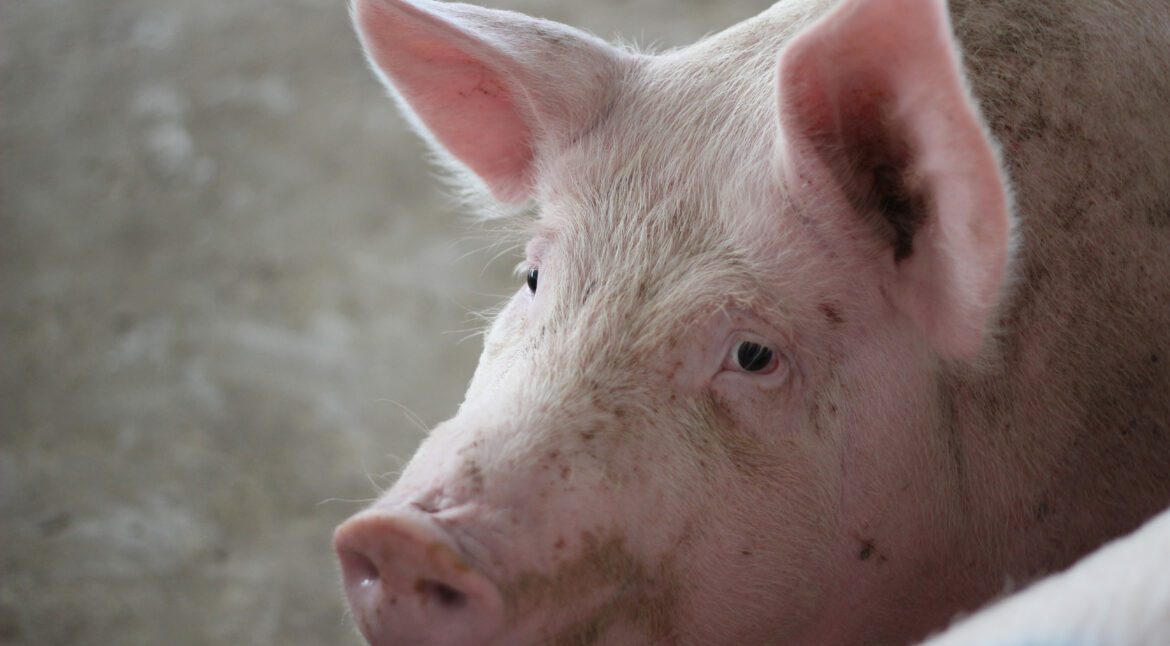RESUMEN:
Intensification of pig production has increased the exposition of animals to stressful conditions that might be detrimental to their welfare and their productivity. Some of the most common sources of stress in pigs are extreme thermal conditions (thermal stress), density and mixing at housing (social stress), or exposure to pathogens and other microorganisms that may challenge their immune system (immune-related stress), among others. The stress response can be monitored through indicators based on the animal coping mechanisms towards specific environmental conditions. These animal-based indicators may support decision making to keep animals’ welfare and productivity. This study systematically reviewed the animal-based indicators of social, thermal, and immune-related stress in farmed pigs and the methodologies to monitor them. For this aim, the indicators of the stress models (thermal, social, and immune-related) were searched in three literature search engines, through keyword combinations according to each stress model. Manuscripts that fitted the search criteria were processed to extract data such as the animal-based indicators, the methodology, and number and kind of animals used in the study. For the thermal stress model, the region where the study was carried out was reordered, and for the immune-related stress model, the immunologic challenge used was taken into consideration. According to our results, body temperature through rectal measurements was the most implemented methodology to evaluate thermal status in pigs (87,62%) from 144 studies that studies thermal stress. From 197 studies monitoring social stress, observation of aggressive behaviors were the most frequently used indicators (81,81%). Cytokine concentration from blood samples was the most widely used indicator to monitor immune-related stress situations among the 535 publications examined (80,1%). Some animal-based indicators such as blood urea nitrogen, cytokines levels, cortisol measurements, plasmatic glucose, intestinal integrity measurements skin temperature through infrared thermography, body temperature through rectal measurement, and respiration rate through flank movements, were commonly used among the three stress models. A remarkable finding was the recent growth of alternative less-invasive methodologies to measure animal-based indicators such as cortisol in saliva, skin temperature and respiration rate through infrared thermography, and different animal welfare threats through vocalization analysis. Non-invasive methods may increase the monitoring capacity without disturbing the animals, which may refine the sampling process. The information reviewed in this study is used to discuss the feasibility and most reliable methodologies to monitor the impact of relevant stressors commonly challenging the welfare of farmed pigs.

